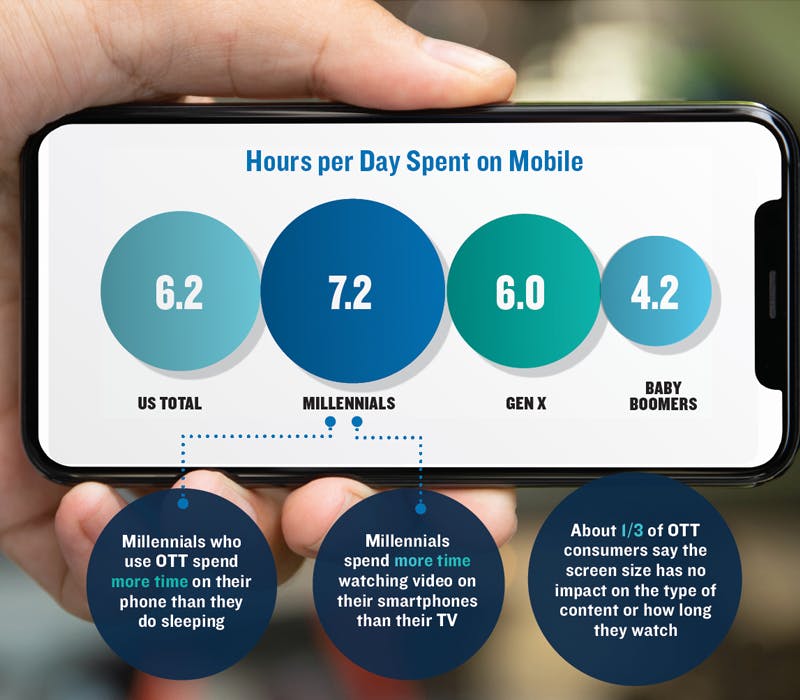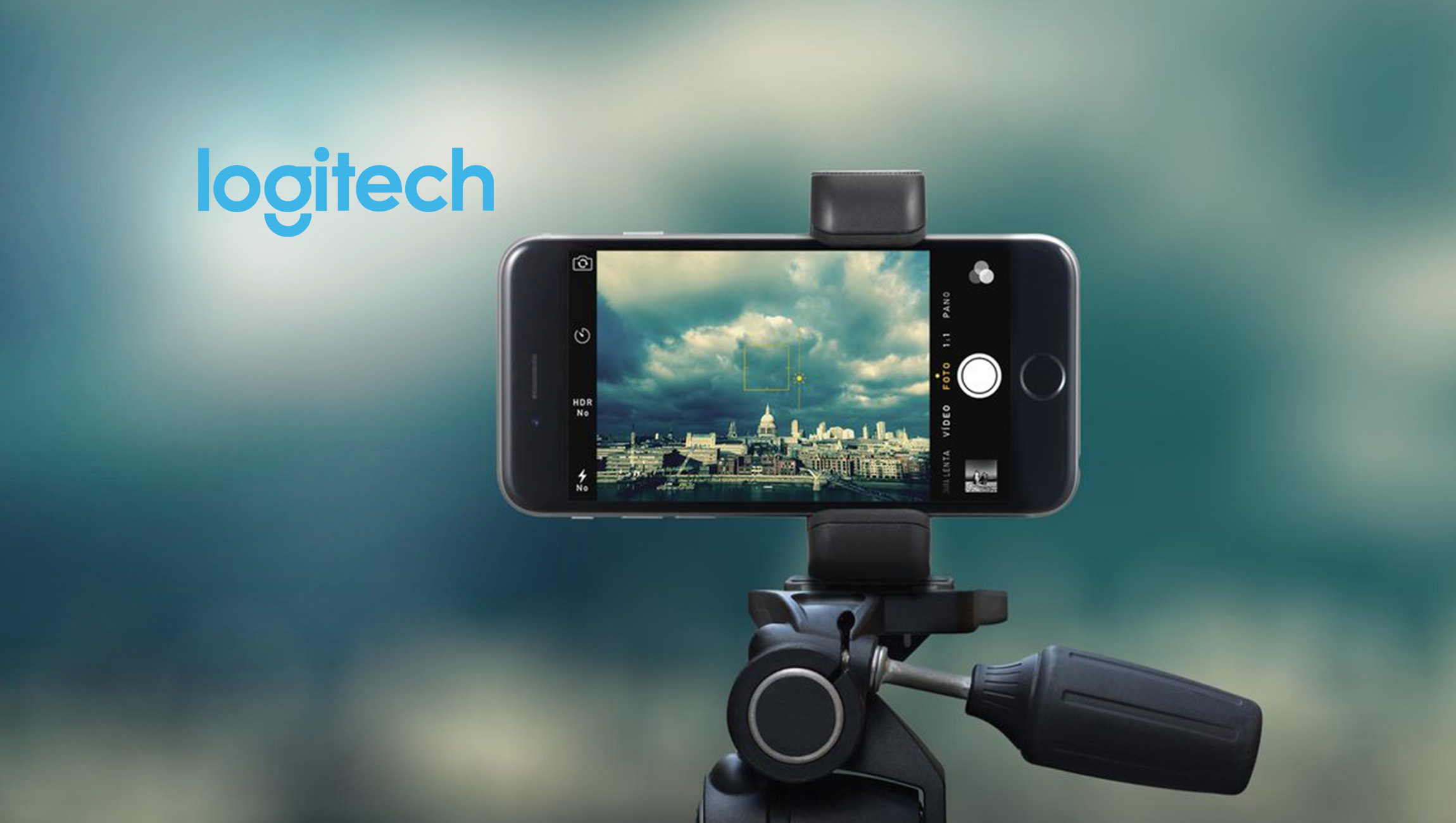TV Advertising is no longer what it used to be a few years ago. Today, it’s a dynamic ecosystem bubbling with hot new Digital TV Advertising and Analytics innovations. Next-gen TV advertising companies are completely revolutionizing the whole AdTech landscape. In our recent chats and events, we witnessed TV analytics market climbing new heights and setting unprecedented benchmarks in building a clear, real-time view of the viewer’s journey.

Continuing our mission to put the latest trends in AdTech and MarTech at your fingertips, we set up a roundtable discussion with experts from the Digital TV Advertising and Analytics industry.
Today’s Digital TV Advertising and Analytics Roundtable involves these participants:
- Shaun Zacharia, President, and Co-founder at TripleLift
- Adam Markey, VP Product Management at dataxu
- Chris LaHaise, Director TV Solutions & Product Marketing, dataxu
- Anthony Flaccavento, Chief Revenue Officer at Tremor Video DSP
- Klarn DePalma, Executive Vice President at MNI Targeted Media
- Tripp Boyle, SVP at Connekt
- Dallas Lawrence Chief Brand and Communications Officer at OpenX
Focus on Building a New OTT Ad Experience Where Native Meets Programmatic Digital TV Advertising
 Shaun Zacharia of TripleLift explained the role of Connected TV streaming in the modern context of Audience Data Intelligence and Customer Acquisition models. Shaun said, “While CTV provides a number of meaningful advantages relative to traditional linear TV such as Advanced Targeting, Measurement, Optimization, Attribution and Incremental Reach, it’s important to remember that a growing number of CTV streaming services are looking to reduce ad load or forgo traditional 15 and 30 second ad breaks all together as a means to drive subscriptions. To that end, marketers will be well-served to consider other forms of advertising in order to reach coveted CTV audiences. Such forms of advertising include but are not limited to Product Placement, Banded Entertainment, Brand Integrations, and other creative executions.
Shaun Zacharia of TripleLift explained the role of Connected TV streaming in the modern context of Audience Data Intelligence and Customer Acquisition models. Shaun said, “While CTV provides a number of meaningful advantages relative to traditional linear TV such as Advanced Targeting, Measurement, Optimization, Attribution and Incremental Reach, it’s important to remember that a growing number of CTV streaming services are looking to reduce ad load or forgo traditional 15 and 30 second ad breaks all together as a means to drive subscriptions. To that end, marketers will be well-served to consider other forms of advertising in order to reach coveted CTV audiences. Such forms of advertising include but are not limited to Product Placement, Banded Entertainment, Brand Integrations, and other creative executions.
These types of ads can increasingly be activated in a programmatic fashion and will allow marketers to reach audiences across a much wider set of CTV streaming services. This is particularly important as the CTV streaming wars kick-off between Netflix, Amazon, Disney, AT&T, Comcast and Apple among others later this year.”
Clearly, we need technology for Digital TV Advertising that scales the power of every ad and earns consumer attention in a respectful manner. This is possible by leveraging new technologies such as Dynamic Templating, Programmatic OTT and Computer Vision to deliver in-feed native ads, branded Content Experiences.

Adam Markey, VP Product Management of dataxu, agrees about shifting from Linear to CTV formats. He said, “By moving from Linear to CTV, we shift the ad experience from “one to many” to “one to one”. This gives us the opportunity to rethink and adjust the fundamentals of TV buying to align better with marketing objectives. A marketer’s own customer data becomes a significant lever in this world. Those who master it first will be able to seize the opportunity now, as well as pioneer the way forward as we redefine what “currency” means in this new world.”
Obsessed with creating Customer-Centric Marketing experiences across channels that product business outcomes, Adam has been building Programmatic Marketing solutions since 2010 including first to market products in mobile, video, TV and cross-device.
Utilize Digital TV Advertising Measurement Solutions to Quantify New and Incremental Viewing Audiences
“70% of consumers multitask while watching TV and brand recall plummets by nearly 50% when a viewer uses a second screen. Solution: Retarget viewers with 1:1 messaging in real-time across all screens and platforms by utilizing exclusive Alphonso TV viewership data.” – Tremor’s Case Study

Anthony Flaccavento, Chief Revenue Officer, Tremor Video DSP mentioned how AdTech companies can drive revenue and client success for the company in the U.S. and Canada. Anthony’s team serves media agencies, trading desks, and brand marketers who seek brand ad effectiveness and video buying efficiencies at scale across all devices.
Anthony said, “Connected TV allows video advertisers to tell their story through the same cinematic landscape as TV, with the additive targeting and measurement that they’re accustomed to with digital video. The ultimate opportunity within CTV is the utilization of measurement solutions to quantify new and incremental viewing audiences, understand the effectiveness of its high engagement ad offerings and track performance against a brand’s desired business outcomes.”
Anthony’s team serves media agencies, trading desks, and brand marketers who seek brand ad effectiveness and video buying efficiencies at scale across all devices. Before joining Tremor Video DSP, he held multiple sales leadership roles with high profile consumer content brands and media companies including Complex, Maxim Magazine, and Athlon Sports.
Since acquiring RhythmOne, Tremor Video DSP (a Taptica Company) has opened up new avenues for Video Advertising companies to drive revenue with Video Intelligence tools. Video advertisers and publishers can adopt innovative Video technology combined with advanced audience data and captivating creative to further grow businesses in CTV, Influencer Marketing, and private marketplaces.
“From the standpoint of the viewer, the transition from linear to digital viewership has very little to do with the format (linear vs. digital), but rather is driven by the decrease in cost and increase in user control provided by digital. However, as more and more publishers remove their content from aggregators in favor of building their own platforms, space is becoming increasingly fragmented, and expensive to manage. We will soon learn what the consumer threshold will be in terms of total cost and platform management, and may create a wider opening for totally free ad-supported alternatives.

Chris LaHaise, Director TV Solutions & Product Marketing, dataxu takes the “cord-cutting” route in an interesting conversation. Chris said, “From the standpoint of the advertiser, many advertisers have been introduced to the idea of “digital” TV as simply being cord-cutters. I often hear the comment from TV buyers that they use connected TV as a way to make up for lost reach at the upfronts. However, cord-cutters are the minority, in fact, the largest group of viewers found in digital TV are cord-stackers, those who still watch linear TV as well as digital. Knowing this, advertisers must take a more educated approach to digital TV buying to understand who will still be reached by traditional means in order to truly drive incremental reach. Blindly buying connected TV will not ensure incremental reach.”
As Director, TV Solutions and Product Marketing at dataxu, Chris is responsible for developing and managing relationships that enable dataxu to provide world-class services for its agency and advertiser customers. Chris has been integral to bringing dataxu’s advanced TV vision to life since 2014 and continues to drive innovation into the future.
In Search of the Universal Truth in Digital TV Analytics and Audience Insights

Klarn DePalma, Executive Vice President at MNI Targeted Media said, “As Digital Advertising professionals, we know that the key to success is getting messages seen when and where it matters most. This is a universal truth, but it plays out differently on linear TV versus OTT (Over The Top). A few things can rival television for sports for example, which is largely the domain of broadcast channels, and yet binging your favorite show on Netflix is also an amazing experience. So rather than trying to say either/or, use data to determine when and how. If there’s one thing I know it’s that there are a lot of screens to view content on, so if you want your brand to be noticed it’s time to step up your data game.”
Klarn concluded,” Use data to segment the market when and where it’ll give your brand the most bang for its buck, to build your user base, and reach a new set of customers. From there, get creative across platforms to develop smart integrated advertising campaigns.”
In a recent TechBytes Interview, Dallas Lawrence, Chief Brand and Communications Officer at OpenX, said, “First – OTT is now mainstream. A majority of the US adults now stream OTT content, and of those people that watch, they are consuming a lot of content. Millennials, for example, now watch more than twice as much streaming content as they do linear cable television. The average adult now streams more than 2 hours every day.”
Dallas added, “Second – The rise of OTT is changing what it means to ‘watch TV’ in terms of where, when and how we are watching. People are watching on different screens (the average user watches across three different screens), they are watching at all times and places during the days (a third report even watching in the bathroom), and ‘appointment TV where we all gathered on the couch to watch something at the same time, is essentially over. This has profound implications for how marketers leverage their tv ad spend going forward.”
Bringing the Power of AI to Connected Ad and Commerce
In the roundtable discussions, we never miss a point on AI and Machine Learning– their capabilities are too ubiquitous to challenge today. Even in Digital TV advertising, AI’s role is very important, especially in bringing real-time data and analytics to lift brand and power relevant ad experiences.
Connekt Technologies is a key player in this interesting convergence of technologies where AI meets Programmatic and Digital TV Advertising.
With their advanced TV technology:
- Advertisers can increase their ROI – targeting the most responsive audience powered by real-time data leads to added brand lift and turns TV ad viewing into an experience.
- Networks can offer advertisers new, compelling capabilities, such as direct response, local-national tie-in and targeted messaging. This added value also creates additional revenue streams.
- Manufacturers can add a recurring revenue annuity through a share in these newly created revenue streams, in addition to the subsidization of device pricing.

When we spoke to Tripp Boyle, SVP at Connekt, he emphasized on why brands are now able to capitalize on specific moments of heightened awareness.”
Tripp Boyle said, “Ubiquitous connectivity has ushered in a new era in television – not simply in the proliferation of streaming and OTT services, but also through enabling smarter linear ad and content experiences. Despite the intense focus on the growth of connected TV and associated services, pay cable television is still very much alive and remains the only pure reach play for most major brand advertisers. Reaching over 90MM U.S. households and occupying more time spent (live + time-shifted) daily than all its digital counterparts combined, linear TV is the upper funnel powerhouse. New technologies enabling on-the-glass enhancements delivered through the smart TV will bring all the benefits of digital to linear TV.”
“CARL is the supercomputer behind the Connekt platform. This Artificial Intelligence and Deep Learning engine seamlessly and automatically processes, transforms and analyzes billions of unstructured TV viewership, engagement and commerce data points to provide reliable predictive targeting, ad delivery and measurement for marketers.”
CARL enables the following:
- Cognitive Recognition: real-time identification of what’s on-screen including content, object, advertiser, sentiment, sponsor, audio, character
- Artificial Intelligence: algorithms connect cognitive identifiers with hyper-targeted contextually relevant offers instantaneously
- Reactive Data: real-time consumer interaction data provides on the fly offer optimization
- Deep Learning: predictive models get smarter over time to adjust probability indexes and targeting
He added, “Brands are now able to capitalize on specific moments of heightened awareness (their own TV spots) to drive immediate viewer response to a message, capture greater attention, and gather valuable data on who’s watching and for how long. Imagine being able to shop for products or services featured in an ad or content, on the screen, in real-time. And imagine having access to real-time data that told you precisely how long TV viewers were spending with your ad and where they were engaging, cut by network, program, geography, day-part and demographic. Imagine being able to react to, and use that data to better plan subsequent TV investments or to go re-target specifically to only the most receptive TV audiences across other devices. It’s not just coming – the future of linear TV is already here. Undoubtedly, brands need to intimately understand and invest in streaming/OTT, but they also need to take this opportunity to be smarter with the much bigger investments they’re making in linear. Connected devices make everything better – even good, old fashioned linear television.”
Connekt activates smarter TV experiences that audiences love. Connekt’s patented, AI-driven platform has powered millions of smart TV ads, content and commerce experiences for partners including LG, Sony, Nielsen and ABC, five of the largest agency holding companies, and top brands such as Chipotle, Eli Lilly, P&G, and Target.
Conclusion: Audiences Love Connected Smarter Ad Experiences
In this roundtable, we touched all the major points in Smart TV ad formats and roles of Programmatic, CTV Streaming, Digital TV Advertising Analytics, and AI capabilities. This should help you to use AdTech and drive quantifiable Consumer Engagement and monetize your exclusive audience base with brand-rich content and experiences.
To participate in our Roundtable series. please drop us a line at news@martechseries-67ee47.ingress-bonde.easywp.com











